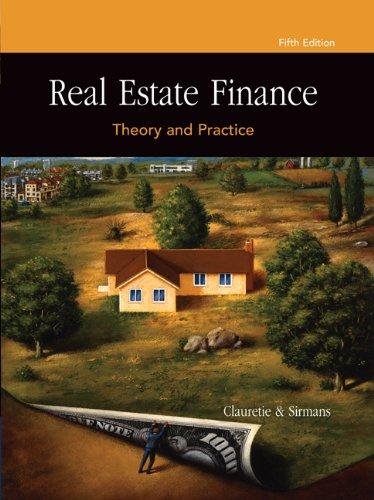
(8 marks) multiple choice questions, each is worth 0.5 mark (2 bonus marks). Circle the Maltiple choice There are 18 m iple cho or answer: Which one of the following events would most likely create a conflict between shareholders and bondholders with the bondholders losing value? a) An increase in the risk of a firm's investments b) An increase in the firm's net worth c) A decrease in the amount of debt outstanding d) A decrease in the amount of dividends paid out 2) United Merchants has a beta of 1.0 and very high firm-specific risk. If the expected return on the market is 20 percent, the expected return on United will be a) 10 percent if the risk free rate is 10 percent. b) 20 percent c) more than 20 percent because of the high firm-specific or unique risk. d) indeterminate unless you also know the risk free rate. 3) A firm that uses the same firm-wide cost of capital as a hurdle rate when differences in risk exist among proposed projects makes the mistake of setting too a required retum for low-risk projects with the result that funds are to high-risk projects and divisions a) low, under allocated b) low, over allocated c) high, under allocated d) high, over allocated 4) The internal rate of return (IRR) and not present value (NPV) methods always make the same accept or reject decision for independent projects with conventional cash flows. However, they can provide conflicting rankings with mutually exclusive projects a) when the initial investment for one project is very close in value to the initial investment for the other. b) because mutually exclusive projects usually have non-conventional cash flows thus making their NPV profiles crossover at the cost of capital c) because of the assumed reinvestment rates in the NPV and the IRR formulas. d) when the timing of the two projects' cash inflows is nearly identical. 5) We have discussed the fact that the cost of equity for a firm must always be higher than its cost of debt before tax. Which of the following factors support this cost relationship? *) debtholders have a residual claim on the income and the assets of the firm b) interest on debt is tax deductible and thus creates tax savings c) interest and dividends are both tax deductible d) equity holders have a residual claim on the income and the assets of the form Page 1 of 1 (8 marks) multiple choice questions, each is worth 0.5 mark (2 bonus marks). Circle the Maltiple choice There are 18 m iple cho or answer: Which one of the following events would most likely create a conflict between shareholders and bondholders with the bondholders losing value? a) An increase in the risk of a firm's investments b) An increase in the firm's net worth c) A decrease in the amount of debt outstanding d) A decrease in the amount of dividends paid out 2) United Merchants has a beta of 1.0 and very high firm-specific risk. If the expected return on the market is 20 percent, the expected return on United will be a) 10 percent if the risk free rate is 10 percent. b) 20 percent c) more than 20 percent because of the high firm-specific or unique risk. d) indeterminate unless you also know the risk free rate. 3) A firm that uses the same firm-wide cost of capital as a hurdle rate when differences in risk exist among proposed projects makes the mistake of setting too a required retum for low-risk projects with the result that funds are to high-risk projects and divisions a) low, under allocated b) low, over allocated c) high, under allocated d) high, over allocated 4) The internal rate of return (IRR) and not present value (NPV) methods always make the same accept or reject decision for independent projects with conventional cash flows. However, they can provide conflicting rankings with mutually exclusive projects a) when the initial investment for one project is very close in value to the initial investment for the other. b) because mutually exclusive projects usually have non-conventional cash flows thus making their NPV profiles crossover at the cost of capital c) because of the assumed reinvestment rates in the NPV and the IRR formulas. d) when the timing of the two projects' cash inflows is nearly identical. 5) We have discussed the fact that the cost of equity for a firm must always be higher than its cost of debt before tax. Which of the following factors support this cost relationship? *) debtholders have a residual claim on the income and the assets of the firm b) interest on debt is tax deductible and thus creates tax savings c) interest and dividends are both tax deductible d) equity holders have a residual claim on the income and the assets of the form Page 1 of 1







